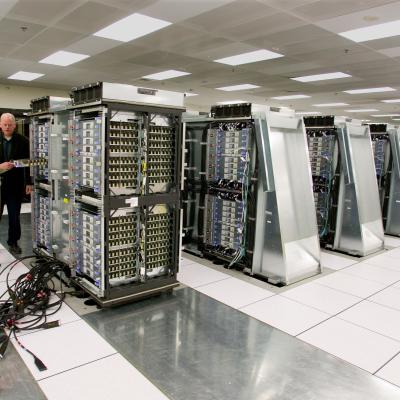LLNL researchers have discovered that some inexpensive and commercially available molecules used for other applications, could render certain lanthanide and actinide elements highly fluorescent. These molecules are not sold for applications involving the detection of REEs and actinides via fluorescence. They are instead used as additives in cosmetic products and/or in the pharmaceutical…
Keywords
- Show all (81)
- Instrumentation (38)
- Diagnostics (13)
- Data Science (5)
- Therapeutics (5)
- Cybersecurity (4)
- Brain Computer Interface (BCI) (3)
- Computing (2)
- Imaging Systems (2)
- Simulation (2)
- Vaccines (2)
- Analysis (1)
- Quantum Science (1)
- (-) Information Technology (1)
- (-) Polymer Electrodes (1)
- (-) Rare Earth Elements (REEs) (1)
Technology Portfolios

To replicate the physiology and functionality of tissues and organs, LLNL has developed an in vitro device that contains 3D MEAs made from flexible polymeric probes with multiple electrodes along the body of each probe. At the end of each probe body is a specially designed hinge that allows the probe to transition from lying flat to a more upright position when actuated and then…

LLNL has developed a new active memory data reorganization engine. In the simplest case, data can be reorganized within the memory system to present a new view of the data. The new view may be a subset or a rearrangement of the original data. As an example, an array of structures might be more efficiently accessed by a CPU as a structure of arrays. Active memory can assemble an alternative…

